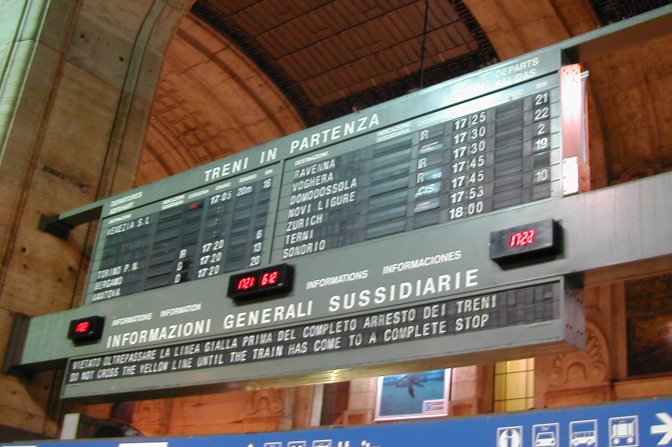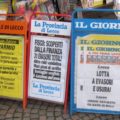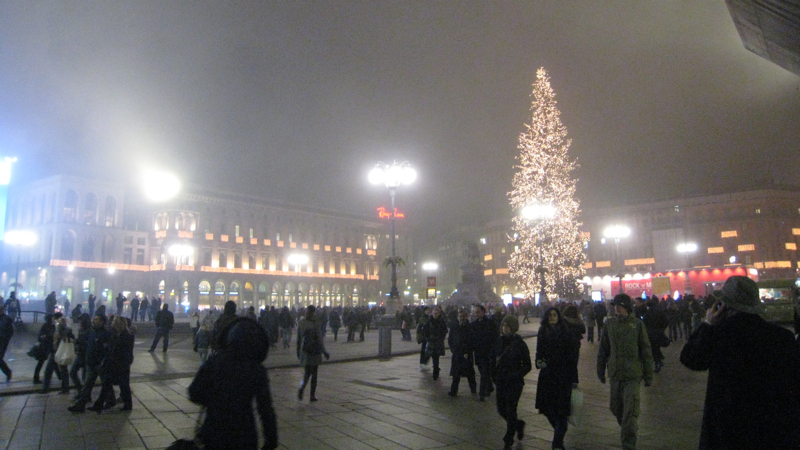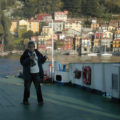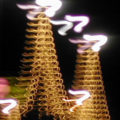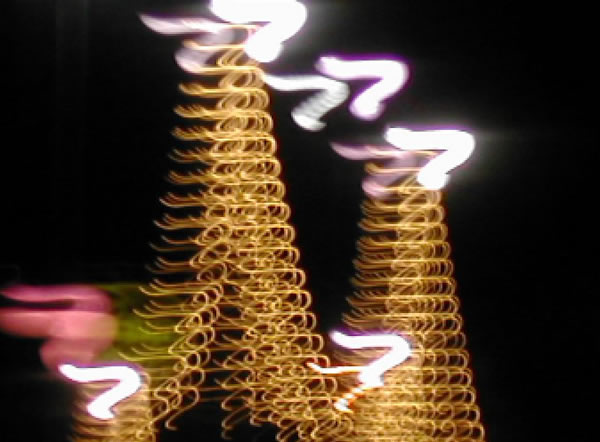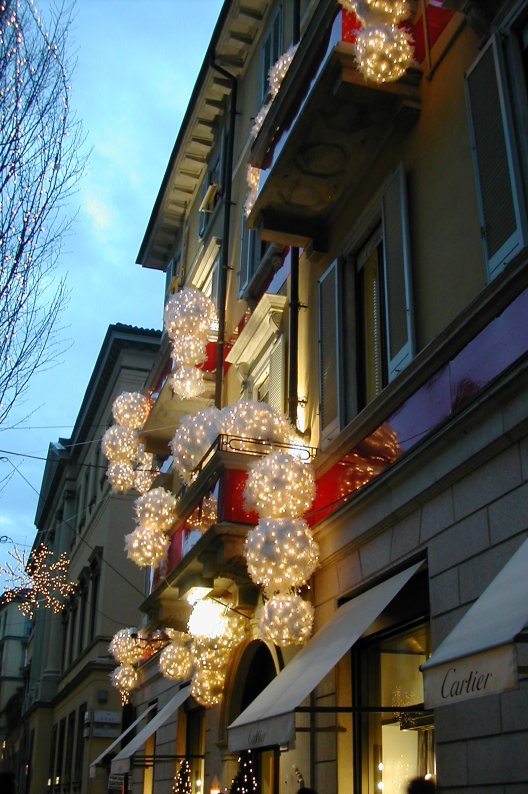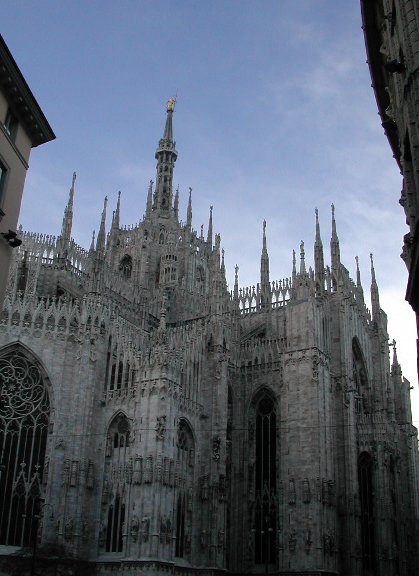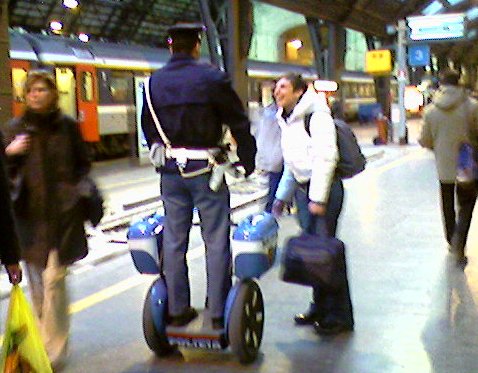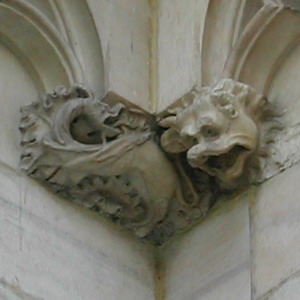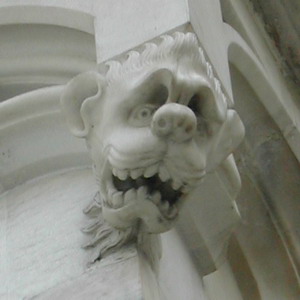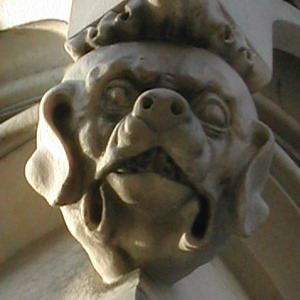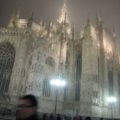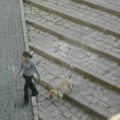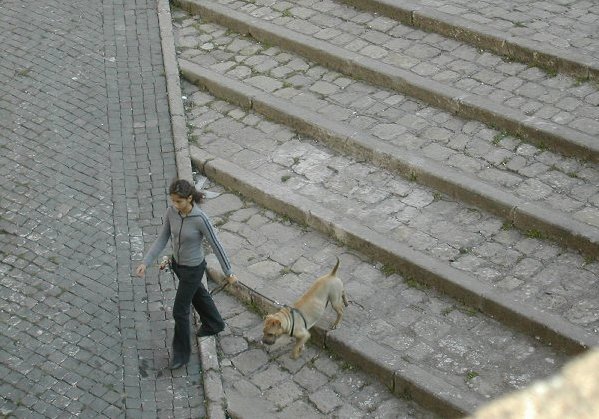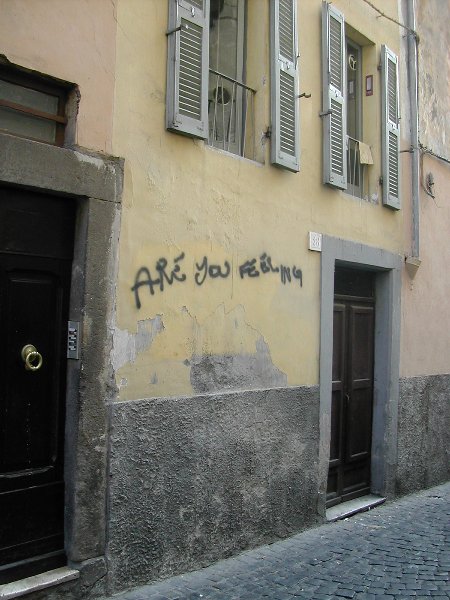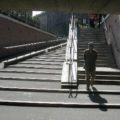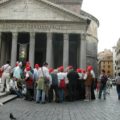- All about Italian Trains
Finding Your Train
In every station in Italy there are posters (printed on yellow paper) of the usual schedules for Partenze (Departures) for that station. Find the time and train you are taking, and the column furthest to the right will show the platform (binario) that that train USUALLY departs from. 99% of the time it will in fact use that platform, unless some other train being late throws things off.
That’s why you need to also keep an eye on the electronic departures board, usually large and centrally located (shown is a departures board at Milan’s Central Station). Most of the time, if there is a change of track, it will be to a track near the usual one, so if you position yourself near the usual track but where you can still see the board, you’ll be in plenty of time to move to the new track.
In larger stations, there is also a rolling display and/or a TV screen at the head of the track which will update as soon as new info for that track is posted.
And don’t be afraid to ask – even the Italians are left wondering sometimes, so you won’t look any stupider than anybody else.
If you are going to the station to meet somebody, look for the analogous Arrivi(Arrivals) poster, printed on white paper. There is also an electronic Arrivals board updated in real-time. Both arrivals and departures are usually announced via loudspeaker as well, but these can be hard to understand in the bustle of a busy station.
Don’t Forget to Stamp Your Ticket!
No matter what kind of ticket you have, you must stamp it before getting on the train. Look for a little yellow machine like this one, positioned at the head of or alongside the track, as you enter the station, and usually in any underpass tunnels in the station.
If you forget to stamp the ticket or can’t find a machine that works (this happens), as soon as you get on the train, look for the conductor (at the beginning of the journey, they’re usually in the first car) and explain the situation; he will hand stamp it for you.Â

